Japanese Horse Chestnut Info: Tips For Growing Japanese Chestnut Trees
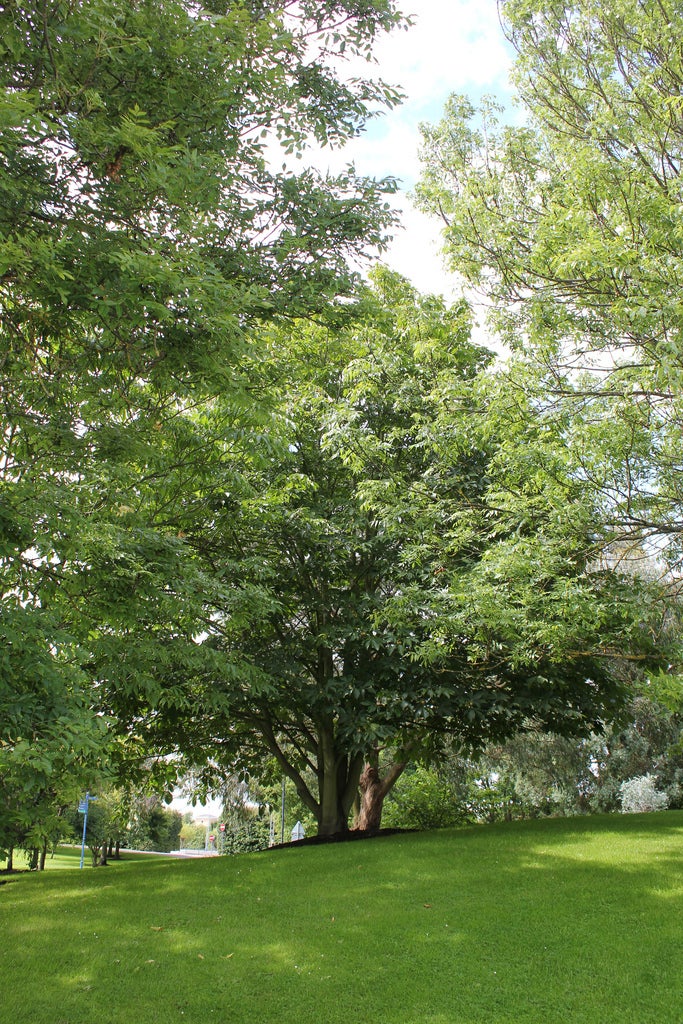
If you’re looking for a truly spectacular shade tree, look no further than the Turbinata chestnut, also known as the Japanese horse chestnut, tree. This fast-growing tree introduced to China and North America in the late 19th century has become popular as both an ornamental and specimen tree. Interested in growing Japanese horse chestnuts? Read on for additional Japanese horse chestnut info, including the care of this impressive tree.
What is a Japanese Horse Chestnut?
The Japanese horse chestnut (Aesculus turbinata) is a member of the family Hippocastanaceae along with other varieties of horse chestnut and buckeye. It is native only to Japan, on the island of Hokkaido and the central and northern regions of Honshu.
Under ideal conditions, Turbinata chestnut trees can grow rapidly and attain heights of up to 10 feet (30 m.). It has compound, palmate leaves with five to seven toothed leaflets attached at the same point on a central stalk.
Additional Japanese Horse Chestnut Info
This deciduous beauty offers year-round color and interest in the landscape. The gorgeous large leaves turn a brilliant orange in the fall while in the spring the entirety of the tree is covered with foot long (31 cm.) creamy-white flower stalks accented with a hint of red, and winter buds are a cheerful glossy red.
Spring borne flowers give way to an almost spineless, ovoid yellow-green husk that encases a single brown seed. These seeds have been used as an emergency ration for centuries and are to this day used in traditional Japanese confectionaries such as rice cakes and balls. An extract made from the seed has also been mixed with alcohol to treat bruises and sprains in early Japanese folk medicine.
Japanese Horse Chestnut Care
Japanese horse chestnut can be grown in USDA zones 5 through 7. It is tolerant of a wide range of soils provided they are well draining. When growing Japanese horse chestnuts, situate the trees in full sun.
Horse chestnuts do not tolerate drought conditions, so be sure to select a site not only in full sun, but with moist, humus-rich soil. Plant the tree either in the spring or fall depending upon your climate. The planting hole should be about three times the width of the root ball and deep enough so that the root ball is flush with the soil.
Gardening tips, videos, info and more delivered right to your inbox!
Sign up for the Gardening Know How newsletter today and receive a free copy of our e-book "How to Grow Delicious Tomatoes".
Place the tree in the hole, making sure it is straight, and then fill the hole with water. Allow the water to absorb and then back fill the hole with the soil. Tamp the soil down lightly to remove any air pockets. Add a layer of mulch to retain moisture and retard weeds.
Keep newly watered trees regularly watered. Once established, trees need little care beyond some pruning in late winter.

Amy Grant has been gardening for 30 years and writing for 15. A professional chef and caterer, Amy's area of expertise is culinary gardening.
-
 Looking For Plants To Give You The Soft And Fuzzies? Try These 5 Fuzzy Leaf Plant Options
Looking For Plants To Give You The Soft And Fuzzies? Try These 5 Fuzzy Leaf Plant OptionsLovers of texture, drama, silver foliage and tactile plants will adore these special sensory garden additions. These fuzzy leaf plant options will leave you all aglow
By Susan Albert
-
 Get Ready For A Summer Of Hummers! Grow These Full Sun Hummingbird Plants and Flowers
Get Ready For A Summer Of Hummers! Grow These Full Sun Hummingbird Plants and FlowersIf you’re lucky enough to enjoy a sunny backyard, make sure you are maxing out on your pollinator opportunities and grow these full sun hummingbird plants and flowers
By Tonya Barnett
-
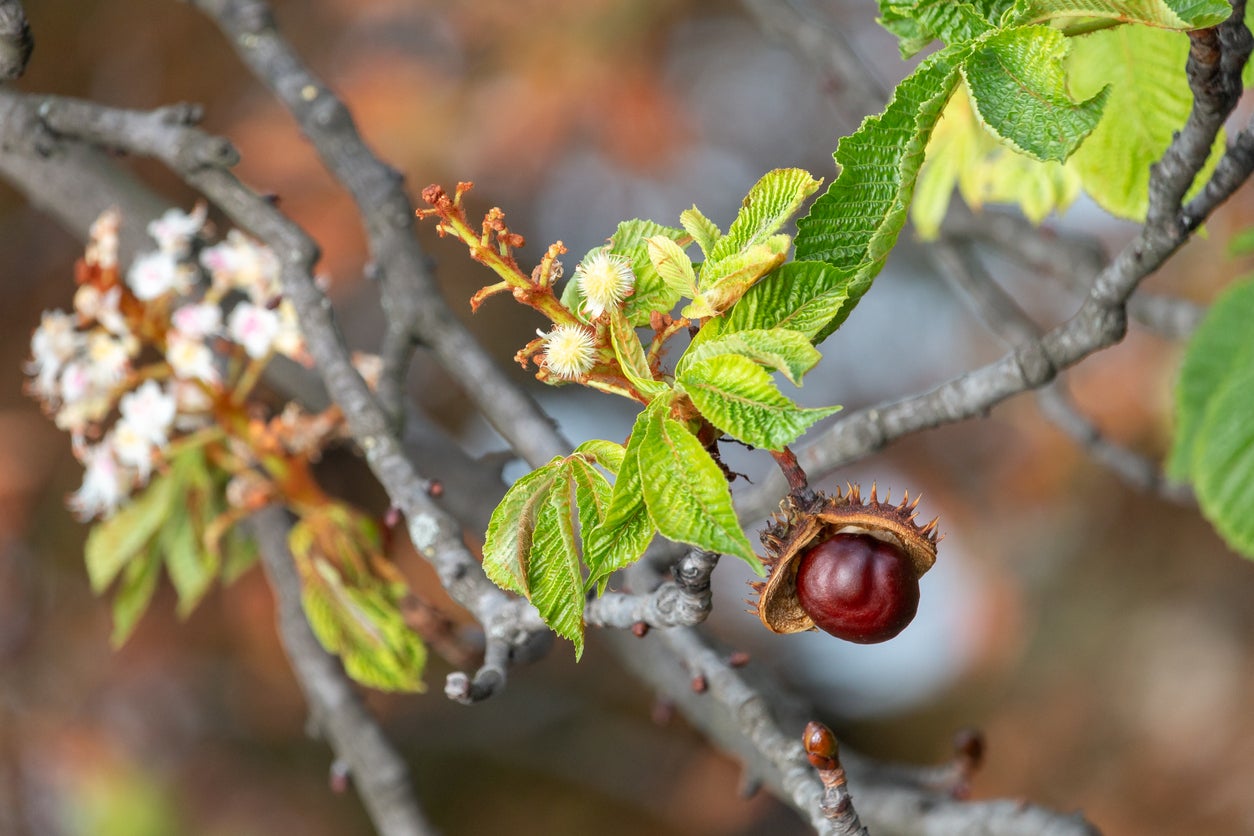 Horse Chestnut Pruning: Should You Cut Back Horse Chestnut Branches
Horse Chestnut Pruning: Should You Cut Back Horse Chestnut BranchesWhat does it take to keep a horse chestnut tree healthy? Do you need to cut back a horse chestnut? The following information on horse chestnut pruning discusses the pros and cons of pruning horse chestnut trees and how to prune them. Click here to learn more.
By Amy Grant
-
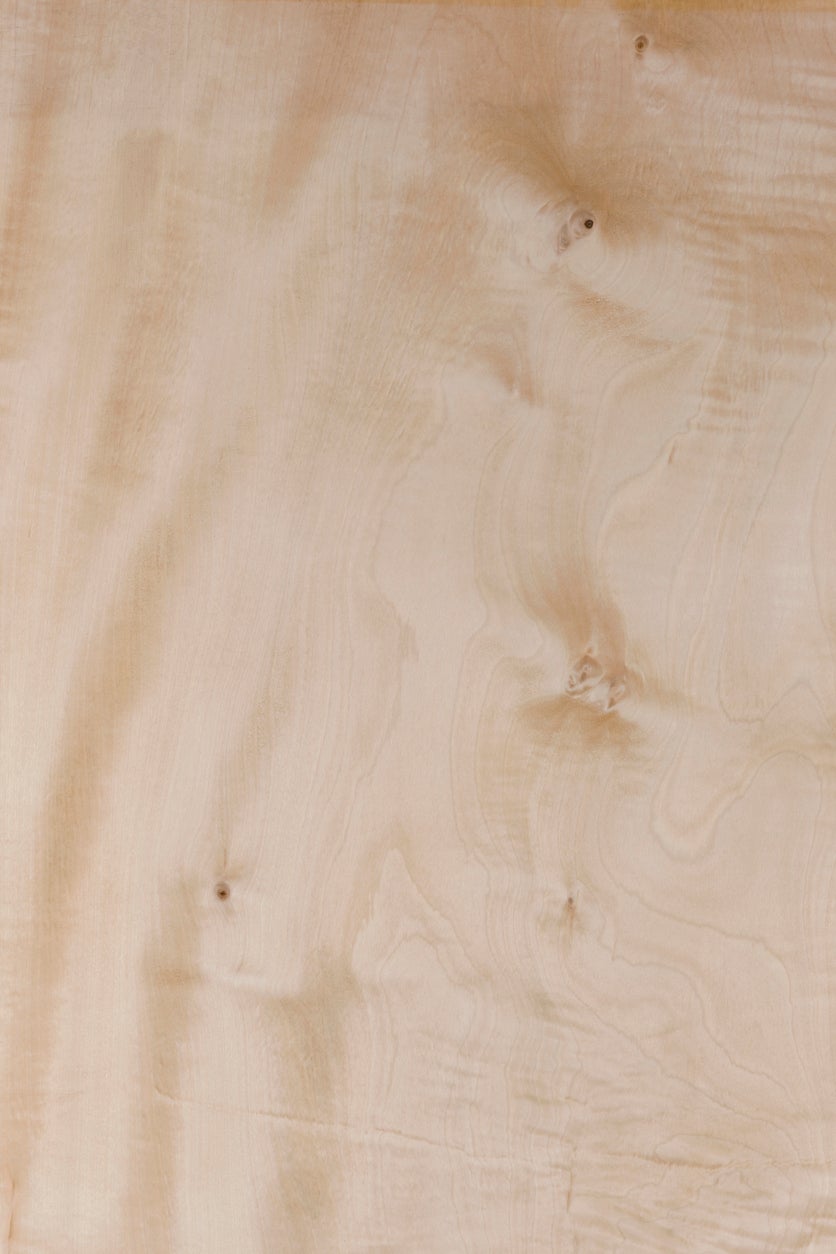 Uses For Horse Chestnut Wood – Building With Horse Chestnut Trees
Uses For Horse Chestnut Wood – Building With Horse Chestnut TreesBuilding with horse chestnut isn’t common because it is a weaker wood compared to others, and doesn’t resist rot well. But, with its creamy color and other desirable characteristics, there are some uses for horse chestnut in woodworking and turning. Learn more here.
By Mary Ellen Ellis
-
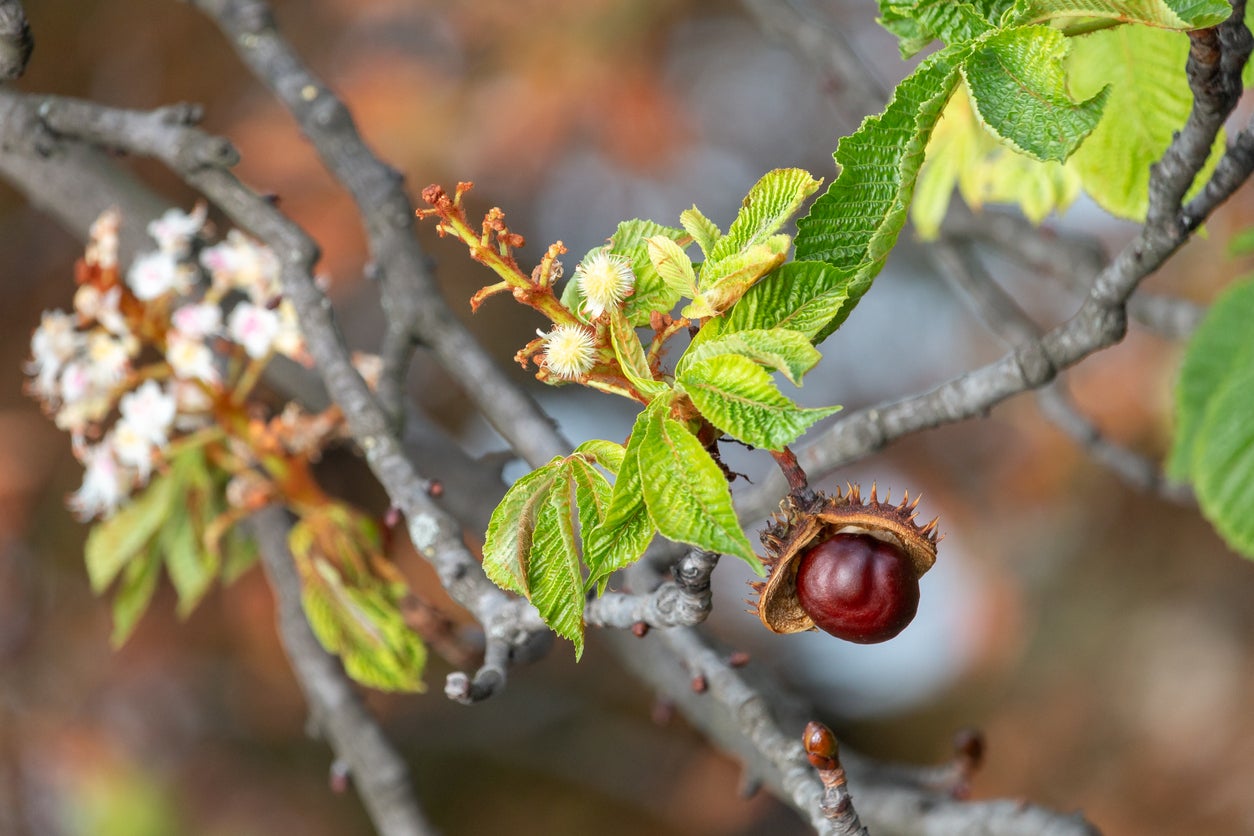 Horse Chestnut Varieties – Are Buckeyes And Horse Chestnuts The Same
Horse Chestnut Varieties – Are Buckeyes And Horse Chestnuts The SameOhio buckeyes and horse chestnuts are closely related but they aren’t the same. Wondering how to tell the difference between buckeyes and horse chestnuts? Learn the distinguishing characteristics of each and more about other Aesculus varieties in this article.
By Mary H. Dyer
-
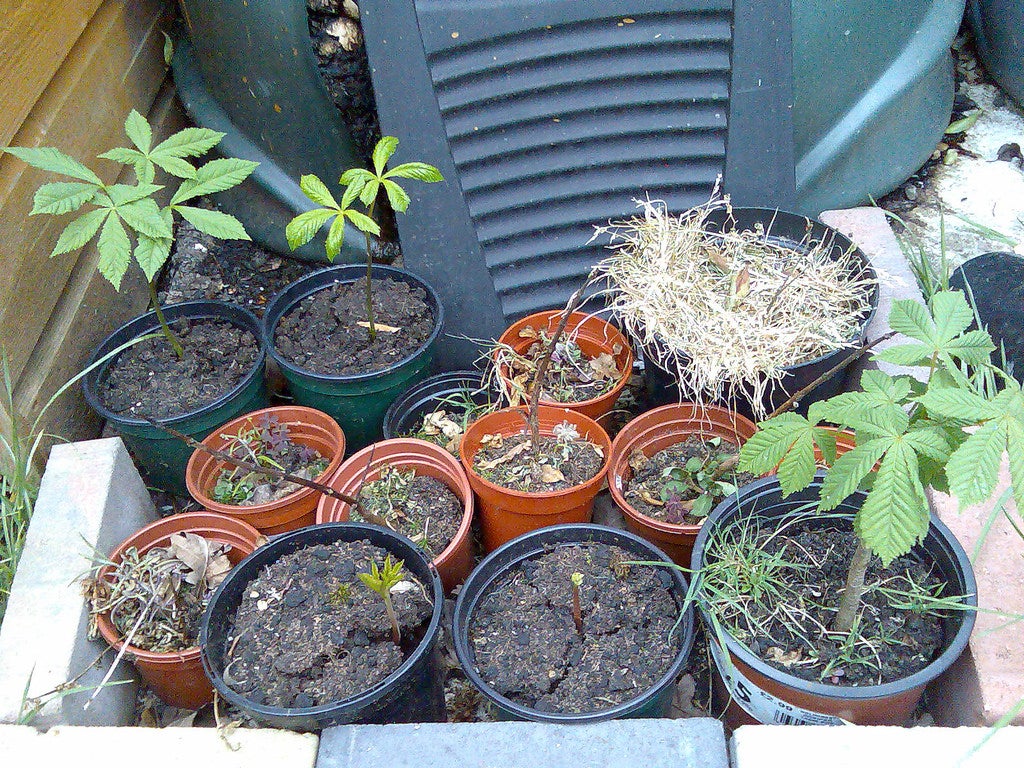 Potted Horse Chestnut Care – Can Horse Chestnut Trees In Containers Survive
Potted Horse Chestnut Care – Can Horse Chestnut Trees In Containers SurviveThe prolific fruit litter from horse chestnuts results in hundreds of intriguing nuts that can be container grown into trees. However, a potted horse chestnut is a short-term solution. Learn more about growing horse chestnuts in containers here.
By Bonnie L. Grant
-
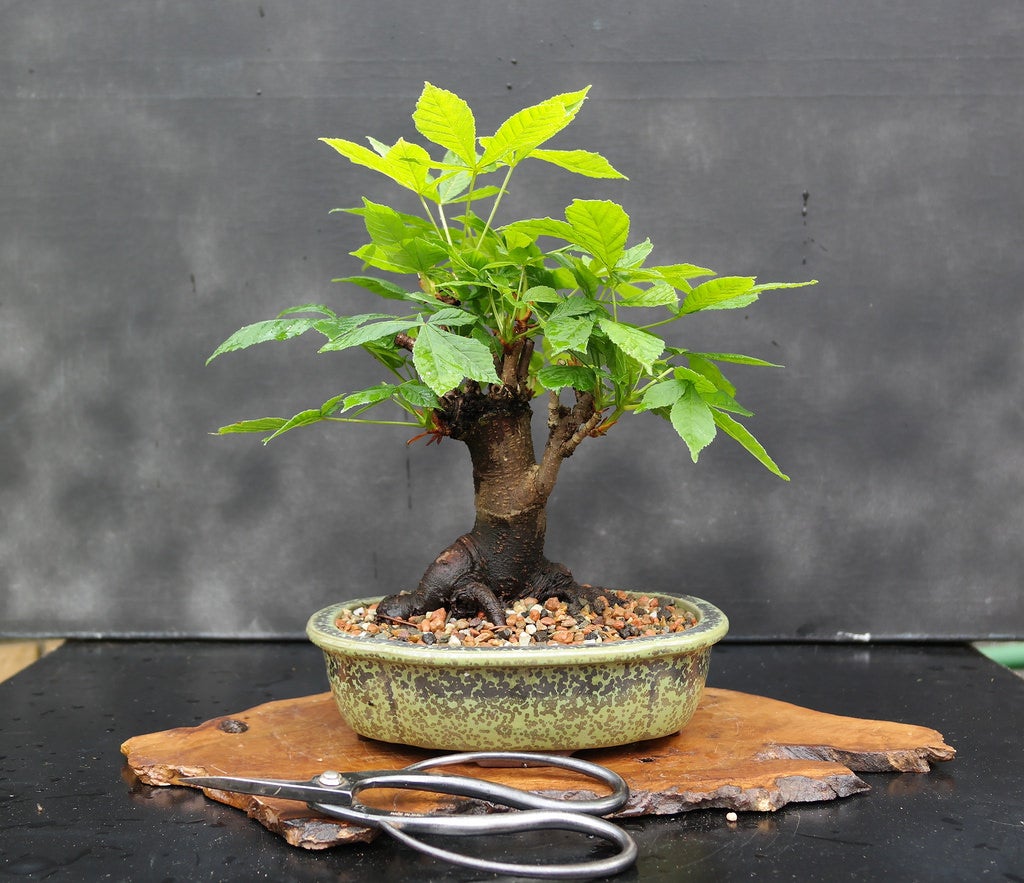 Horse Chestnut Bonsai Plants – Can You Grow A Horse Chestnut Bonsai Tree
Horse Chestnut Bonsai Plants – Can You Grow A Horse Chestnut Bonsai TreeNewcomers to the art of bonsai might have some trepidation about using an expensive specimen for their first attempt. Many native trees can become beautiful bonsai for little cost. Take the horse chestnut, for example. Find out how to grow a horse chestnut bonsai here.
By Amy Grant
-
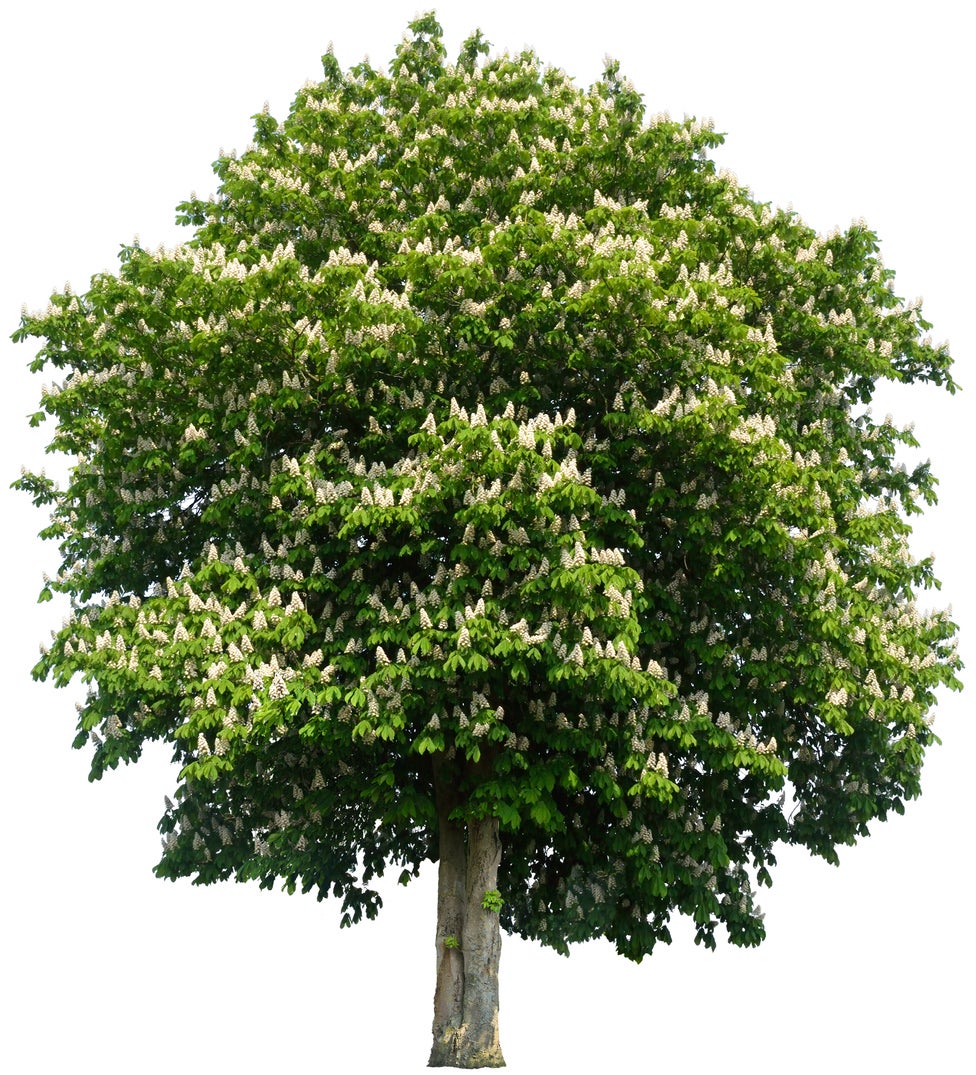 Baumann Horse Chestnut Trees – Care Of Baumann Horse Chestnuts
Baumann Horse Chestnut Trees – Care Of Baumann Horse ChestnutsThe Baumann horse chestnut is an interesting combination of both an attractive flowering tree and one that provides pleasant shade in the summer. Want to see if this tree is a good fit in your landscape? Click here for additional information.
By Tonya Barnett
-
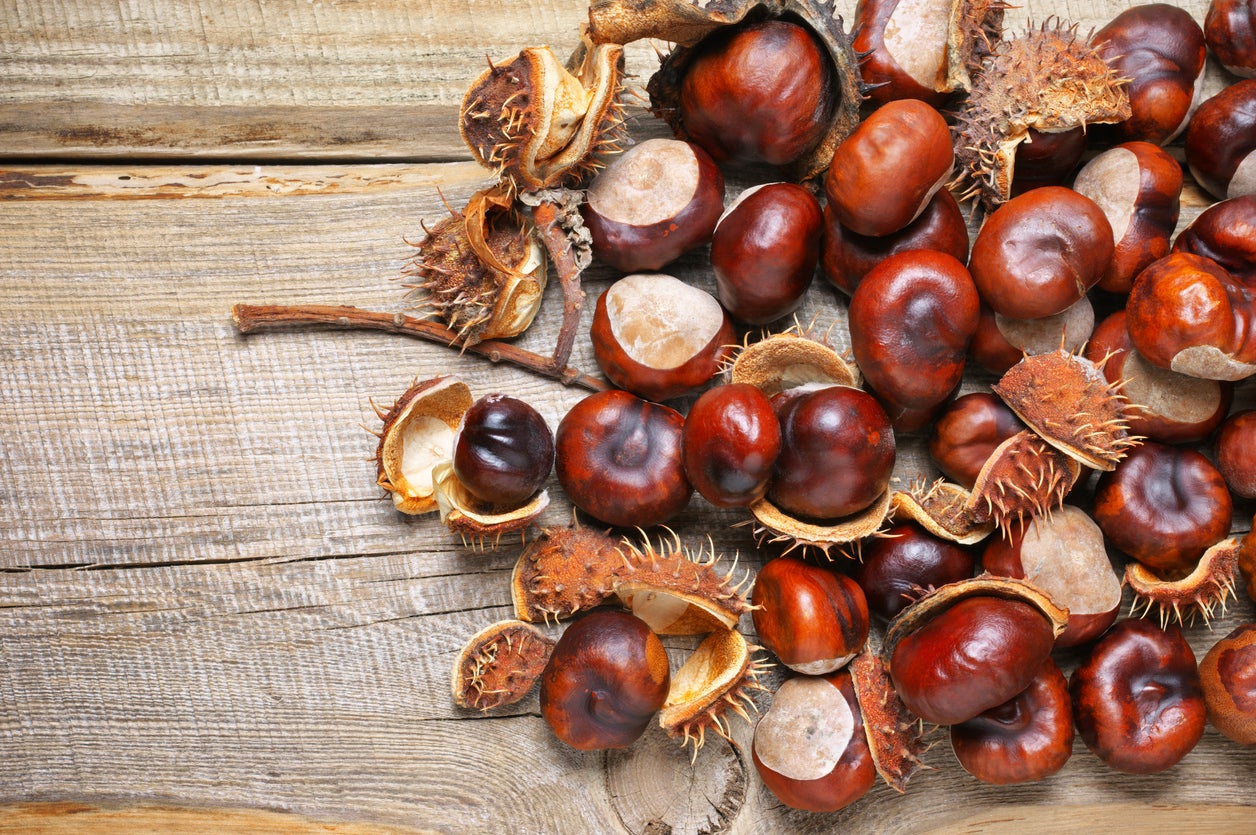 Are Horse Chestnuts Edible: Learn About Toxic Horse Chestnuts
Are Horse Chestnuts Edible: Learn About Toxic Horse ChestnutsWhen you hear the song about chestnuts roasting on an open fire, don’t mistake these nuts for horse chestnuts. Horse chestnuts are a very different nut. Are horse chestnuts edible? They are not and should not be consumed by people, horses, or other livestock. Learn more here.
By Teo Spengler
-
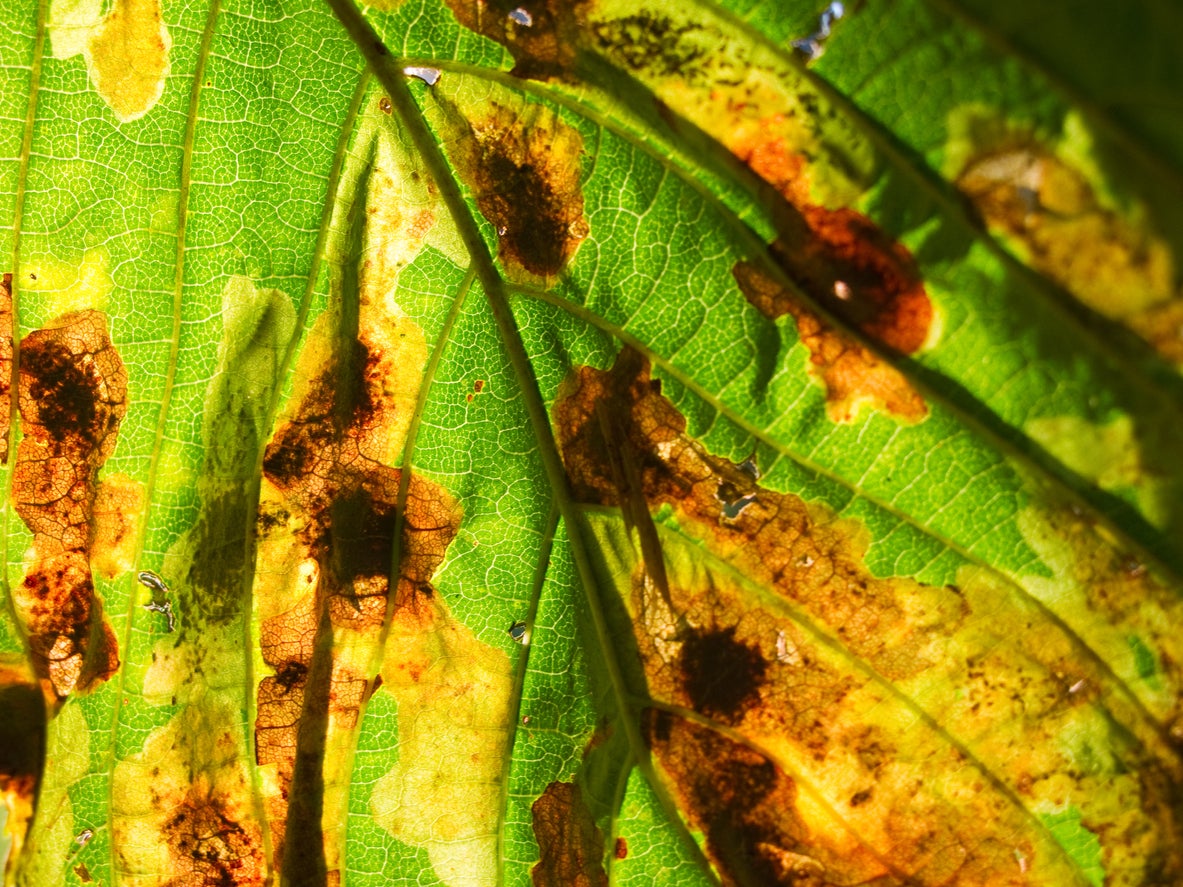 Horse Chestnut Bugs – Learn About Common Conker Tree Pests
Horse Chestnut Bugs – Learn About Common Conker Tree PestsWhile the chestnuts (conkers) produced by this tree are toxic to man and beast, the trees are subject to a number of horse chestnut pests. For information about horse chestnut bugs and other pests of horse chestnut trees, click on the following article.
By Teo Spengler